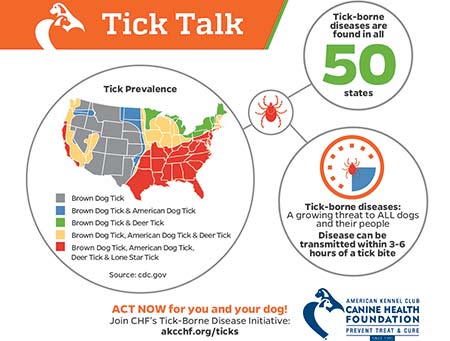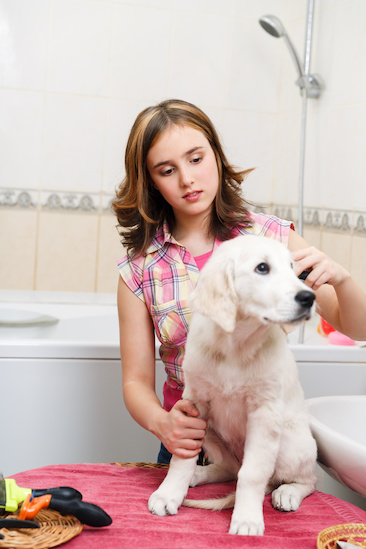City dog -- an oxymoron? I used to think so. Then I moved to a city with a dog.
I was surprised to learn that city dogs live very comfortably in small apartments (and so do their owners). City dogs introduce you to your neighbors and force you to get out and explore your neighborhood.
After living with dogs in apartments and talking to dozens of owners in my urban dog parks, I have come up with the following 5 reality checks.
(1) Size of the dog vs. size of your apartment
Size is not important (unless your landlord or condo board has rules).
How big is too big? I have met 70-pound couch potatoes and 9-pound balls of energy. Small dogs can be noisier and can shed more than big dogs -- sometimes!
Of course, in a 500-square-foot apartment, you may feel crowded if you invite a Great Dane to share your space. But some people who do.
(2) Exercise Needs
How much exercise will Fido need? Even in a big house, your dog would need to leave for exercise.
Dog trainers warn us: running around a house or yard is not enough. Dogs need to walk to bond with their owners.
Ironically, city dogs often get more exercise than their country cousins. Last week at the dog park, an owner said, When we lived in a big house with a yard, Rover would just hang out, doing nothing. Now we walk 4 or 5 times a day. We visit the dog park 3 times a week. He is much happier, stimulated and even thinner!"
Of course, some dogs tend to be couch potatoes. Others need two or three hours a day -- running at full speed. Investigate before adopting. And decide where you will take the dog for exercise.
(3) Socialization
City dogs cannot afford to be wimps, wusses and shrinking violets. City dogs encounter neighbors, both canine and human, in elevators and on sidewalks. You don't want to referee fights on a regular basis, let alone pay huge fees for doggie damage.
Okay, I am biased. I recommend getting a shelter dog from a rescue group, preferably a dog that has spent time in a foster home rather than just a cage. It is easier to work with a dog's existing temperament than to start over.
Some owners choose a puppy so they can create a city dog. Frankly, this option does not always work. I met a dedicated owner who adopted a beautiful pure-bred puppy several years ago. The owner chose a breed known for its calm temperament.
That dog is terrified of traffic, noise and new experiences.
My little rescue mutt, Gracie, was born and bred in the country. She took to urban living with gusto, rides buses as if she were born on one and doesn't raise an ear at a fire siren. She's become a certified city dog.
(4) Learned behaviors.
Let's face it: a trainer tends to be a crucial part of an city dog's entourage.
Are you willing to sign up for obedience training? Many behaviors (such as nuisance barking) can usually be ended with training But some behaviors are tougher to change than others.
I recommend meeting with a trainer before you formally adopt the dog. If your dog displays destructive or hostile behavior, decide if you have the patience and lifestyle to work with the dog for change.
Frankly, it's not easy. Dogs change personality once they join a new home. My dog Gracie developed chewing issues she had never displayed in her foster home. On the other hand, a foster mom told me, "I am caring for Spot because he was considered aggressive. But in my home, he is sweet, gentle and loving."
(5) Time out for the Owner.
City dogs can drain the energy of the most dedicated owner. You need escape outlets.
Luckily, most cities have a wide choice of dog parks. You'll also find overnight boarding and doggie day care options. Get to know them. Every so often you can turn Prince over to run around while you shop, relax or get some work done --a real treat, especially in the rain.

 How to Remove a Tick from Your Dog
Removing a tick, or worse, ticks, f
How to Remove a Tick from Your Dog
Removing a tick, or worse, ticks, f
 Kennel Cough Symptoms, Treatment, and Prevention
What Is Kennel Cough?
Kennel Cough
Kennel Cough Symptoms, Treatment, and Prevention
What Is Kennel Cough?
Kennel Cough
 Dog Grooming Tools & Supplies
You wouldn’t want a roommate
Dog Grooming Tools & Supplies
You wouldn’t want a roommate
 The Skinny on Dog Skin Conditions
The Skinny on Dog Skin Conditions
The Skinny on Dog Skin Conditions
The Skinny on Dog Skin Conditions
 10 Ways to Keep Your Pet Warm this Winter
10 Ways to Keep Your Pet Warm this Winter
10 Ways to Keep Your Pet Warm this Winter
10 Ways to Keep Your Pet Warm this Winter